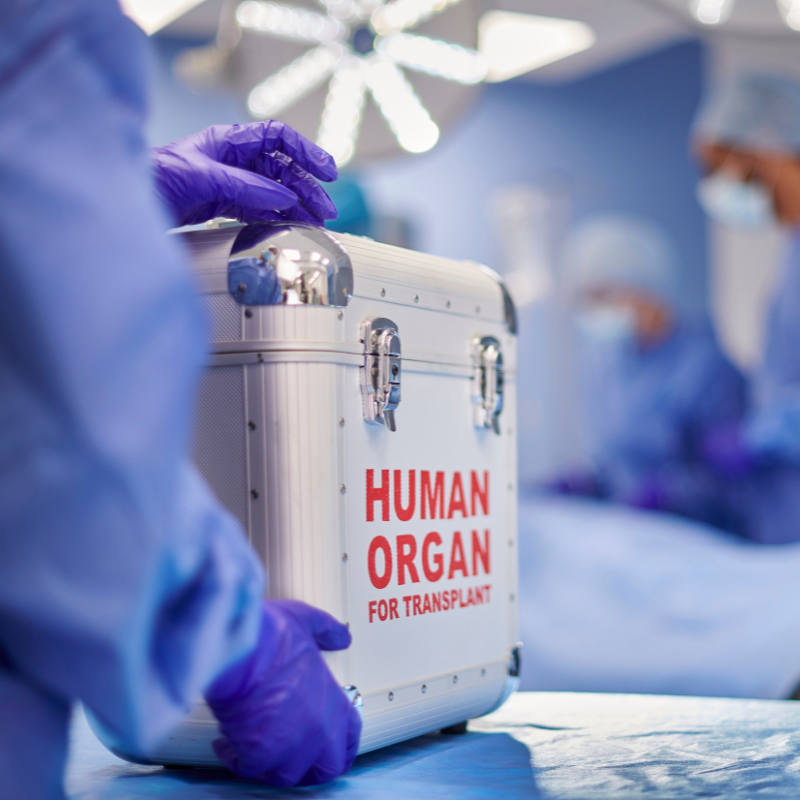In light of our exciting news about tolvaptan receiving FDA approval as the first ADPKD treatment, we reached out to Benjamin Cowley Jr., M.D. to explain how we reached this amazing milestone. Dr. Cowley was on the Independent Data Monitoring Committee for the TEMPO3:4 and REPRISE trials. He is former Chair of the Scientific Advisory Committee for the PKD Foundation and is the Vice-Chair/Past-Chair of the PKD Foundation Board of Directors.
It’s official: tolvaptan has been approved by the U.S. Food and Drug Administration as a treatment for ADPKD. This milestone for the PKD community is just the beginning in the fulfillment of the vision of PKD Foundation Co-Founder, Dr. Jared Grantham. Jared always believed that research to understand PKD pathogenesis was the key to developing effective therapies for PKD, and the development of tolvaptan exemplifies that idea.
Progression of PKD is, in part, caused by abnormal production and abnormal responses to a chemical called cyclic AMP (cAMP). In the kidney, cAMP is produced in response to a hormone, vasopressin, which is important in regulating the kidney’s water excretion. Tolvaptan is a vasopressin receptor antagonist – it blocks the binding of vasopressin to its receptor, and thus prevents the generation of cAMP in the kidney.
Tolvaptan is the result of decades of research, in part funded by the PKD Foundation and supported by its many donors. Early work in Jared’s lab showed the importance of cAMP in the progression of PKD. Subsequent work by Dr. Vincent Gattone showed the importance of vasopressin in generation of cAMP in PKD, and more importantly, the ability of vasopressin receptor antagonists to slow disease progression in animal models of PKD.
Otsuka Pharmaceuticals, the developer of tolvaptan, has devoted significant resources to studying tolvaptan in human adult ADPKD patients. The large, multinational TEMPO3:4 trial showed that tolvaptan slowed the growth of polycystic kidneys, slowed deterioration of kidney function and resulted in less kidney pain. The subsequent REPRISE trial confirmed tolvaptan’s ability to slow the deterioration of kidney function in ADPKD patients. These clinical efforts were led by Dr. Vincente Torres from the Mayo Clinic and Dr. Frank Czerwiec from Otsuka. Science is a team sport. There were legions of other researchers, physicians and patients who played key roles in all phases of development of tolvaptan, from early basic research to clinical trials. In light of this major milestone, we thank all of them for their participation in making this goal a reality.
Tolvaptan does come with a price, both clinical and financial. Small numbers of patients on tolvaptan developed liver test abnormalities, all of which were reversible upon discontinuation of the drug. In addition, tolvaptan, which is available for other purposes, is expensive. How it will be priced as a treatment for ADPKD is currently unclear. For these reasons, patients and physicians are urged not to use it “off label.”
Tolvaptan is already approved for treatment of ADPKD in Japan, Canada and Europe. Now that it has been approved in the U.S., it will undoubtedly not be the last therapy for PKD and perhaps not the best. But it is the first. And for that we can all be proud and grateful.









So if one with PKD and has PLD it will not help.
I have pkd and pld. Been in the trials for 2 years. No liver elevations.
That is good to hear. Did this med help you?
Yay Dad! I’m so proud of you.
Great news for those who have not had a transplant. Wish everyone great success,